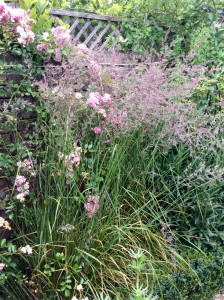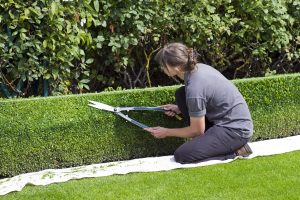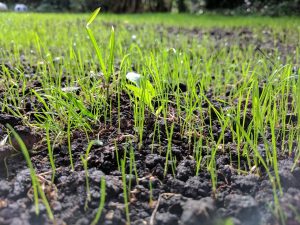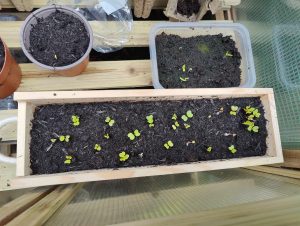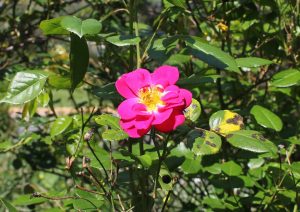We are well into the bedding season with garden centres and nurseries offering a variety of plants...
bedding
I hope that all are well rested and have enjoyed this summer and have had a chance...
If so it’s time to move them on to bigger and better things. Once container-grown seedlings have...
It’s the time of year when gardeners fill their gardens with bedding plants. To keep them looking...
Chris Collins from Thompson & Morgan talks to Ken Crowther about bedding plants. Peter Freeman explains how...




